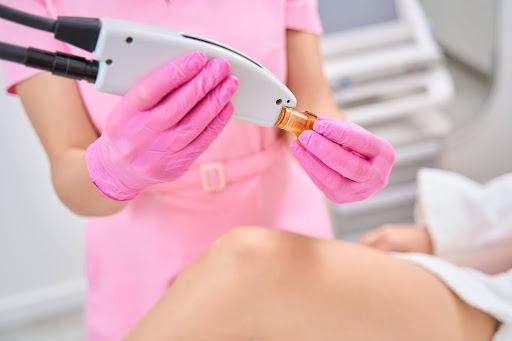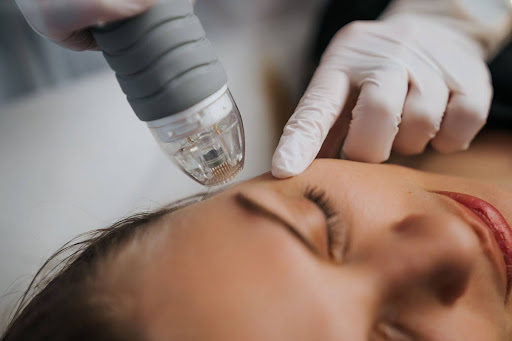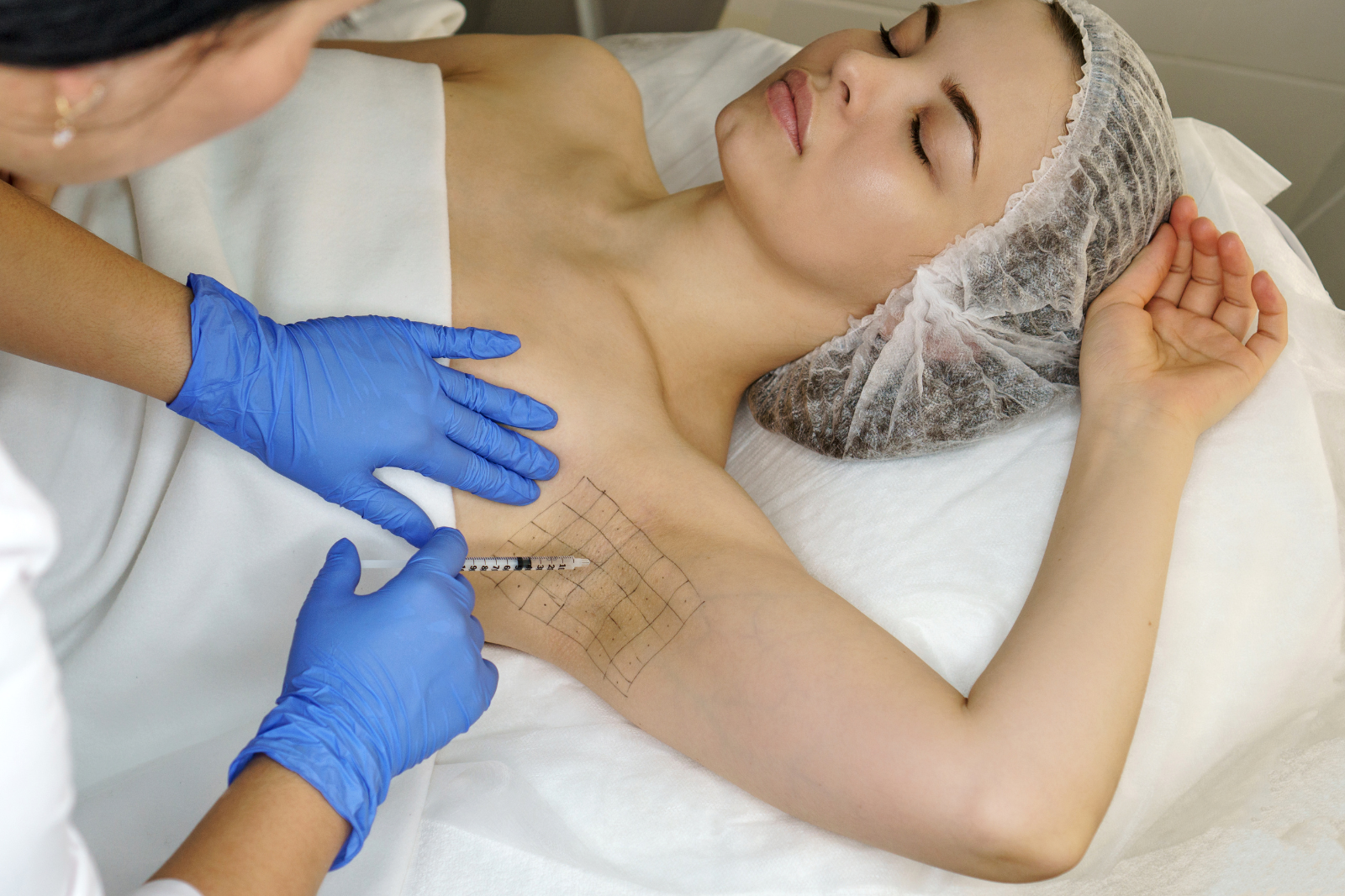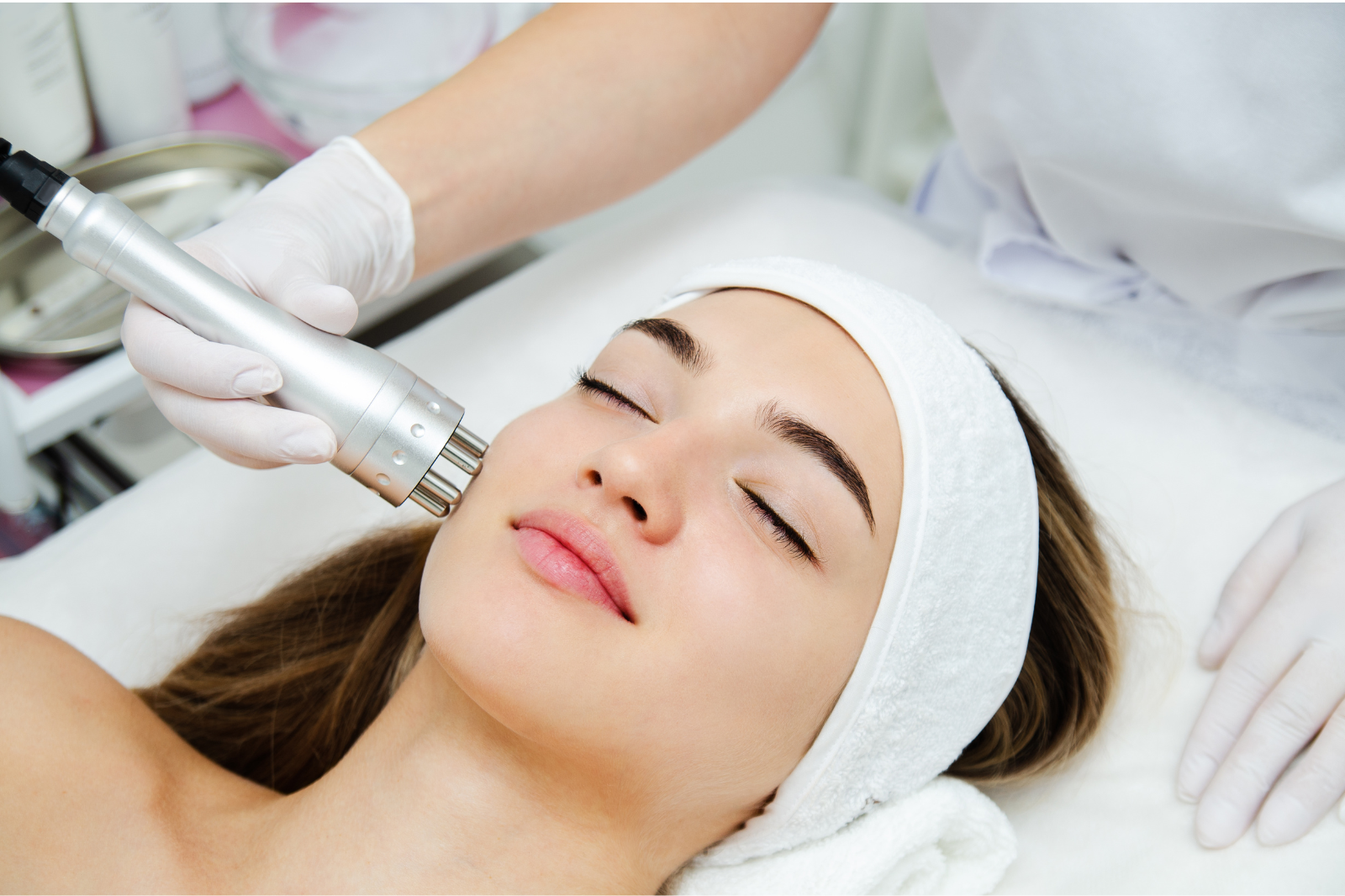Crow’s feet are a telltale sign of aging. Thankfully, advancements in cosmetic treatments have paved the way for effective solutions, with Botox emerging as a prominent choice for individuals looking to reverse the effects of aging on their faces. In this guide, we explore the advantages of Botox treatments for Crow’s Feet.
What Are Crow’s Feet?
Medically known as lateral canthal lines, crow’s feet are the delicate, fine lines and wrinkles that radiate outward from the corners of the eyes. These visible signs of aging often appear as a network of small creases resembling the feet of a crow, hence the name.
The development of Crow’s feet is influenced by a variety of factors, including:
- Aging: As we age, the skin loses its elasticity and firmness. The natural aging process leads to the breakdown of collagen and elastin, essential proteins that maintain skin structure and resilience. Reduced levels of these proteins contribute to the formation of wrinkles, including Crow’s feet.
- Sun Exposure: Prolonged exposure to ultraviolet (UV) rays from the sun accelerates the skin’s aging process. UV radiation damages collagen fibers and promotes the formation of free radicals, leading to premature aging and the appearance of fine lines around the eyes.
- Repetitive Facial Movements: The muscles around the eyes, particularly the orbicularis oculi muscle, frequently engage in facial expressions such as smiling, squinting, and blinking. Over time, the repetitive contractions of these muscles contribute to the development of Crow’s feet.
- Genetics: Genetic factors play a role in determining an individual’s susceptibility to facial wrinkles. Some people may be genetically predisposed to develop Crow’s feet earlier or more prominently than others.
- Environmental Factors: Factors such as pollution, harsh weather conditions, and exposure to environmental toxins can contribute to skin damage and the premature formation of Crow’s feet.
What Is Botox and How Does It Work?
Botox, a portmanteau of botulinum toxin, originates from the bacterium Clostridium botulinum. While the term “toxin” might raise concerns, Botox is a purified and safe form of the toxin. The transformative power of Botox lies in its ability to temporarily paralyze muscles, making it an effective tool in the battle against wrinkles and fine lines.
At the heart of Botox’s efficacy lies its precision in targeting specific muscles, especially those contributing to the formation of Crow’s Feet. The process unfolds in two key steps:
- Injection Precision: During a Botox treatment, a skilled practitioner injects small, carefully measured doses of the toxin directly into the targeted facial muscles. The orbicularis oculi muscles, which encircle the eyes and play a significant role in the formation of Crow’s Feet, are primary targets.
- Temporary Muscle Paralysis: Once injected, Botox acts on the neuromuscular junction – the point where nerves meet muscles. It blocks the release of acetylcholine, a neurotransmitter responsible for muscle contractions. As a result, the targeted muscles are subjected to relaxation.
Learn more about Botox treatments
What Are the Benefits of a Botox Treatment for Crow’s Feet?
- Easy Targeting of Muscles Around the Eyes: Crow’s feet, or lateral canthal lines, are formed due to repetitive muscle movements, such as smiling and squinting. Botox works by temporarily paralyzing or weakening the muscles responsible for these movements. In the case of crow’s feet, the targeted muscles are often the orbicularis oculi muscles, which encircle the eyes.
- Smoothing Wrinkles: As the targeted muscles relax, the overlying skin becomes smoother, reducing the appearance of crow’s feet. The treatment is carefully administered to preserve natural facial expressions while minimizing fine lines and wrinkles.
- Quick and Minimally Invasive: One of the key advantages of Botox for crow’s feet is its convenience. The procedure typically takes around 15-30 minutes, making it a popular choice for individuals with busy schedules. There’s minimal downtime, and many people return to regular activities shortly after the treatment.
- Instant Results and Long Duration: Patients often notice a visible reduction in crow’s feet within days after the treatment, with optimal results appearing around two weeks. Additionally, the effects of Botox generally last about 3-4 months. Periodic maintenance treatments can be scheduled to sustain the desired results over time.
Navigating Botox Treatment: Timeframes and Outcomes
Enjoying a Fast Process
One of the compelling aspects of Botox as a cosmetic treatment is its efficiency. The entire process typically spans a mere 15-30 minutes. The brevity of the procedure allows individuals to incorporate it into their schedules with minimal disruption, often during a lunch break or between daily appointments.
Immediate Effects
One of the remarkable aspects of Botox is its ability to deliver prompt results. In the days immediately following the treatment, patients often notice a visible reduction in lines and wrinkles. This initial response is a testament to the quick-acting nature of the treatment.
Around the two-week mark, individuals experience the full extent of the treatment’s impact. Wrinkles are smoothed, and the skin takes on a refreshed, more youthful appearance. This delayed but comprehensive transformation allows for a natural and subtle refinement, avoiding the abrupt changes associated with more invasive procedures.
Frequency of Treatment
Typically, results last between 3-4 months, varying slightly from person to person. To maintain a rejuvenated appearance, individuals can opt for periodic maintenance treatments. This cycle ensures a continuous, youthful glow without the need for more invasive and time-consuming procedures.
Rediscover Your Natural Beauty with Montreal’s Premier Botox Clinic
Welcome to Botox Montreal, the epitome of excellence in cosmetic treatments. As the top-ranked Botox clinic in Montreal, we bring over 30 years of experience in transforming faces with precision and artistry. Specializing in Botox injections, dermal fillers, and more, we offer a range of services tailored to enhance your natural beauty. Experience the artistry of aesthetic enhancement in Montreal. Contact us at (514) 900-6098 or send us an online message to schedule your free case evaluation.
Schedule a free case evaluation
Frequently Asked Questions
What are Botox units, and how are they determined?
Botox units refer to the measurement used to quantify the amount of botulinum toxin administered during a treatment. The number of units varies based on the area being treated and the individual’s unique facial anatomy.
How do Botox and dermal fillers differ?
Botox and dermal fillers serve distinct purposes. Botox addresses dynamic wrinkles by relaxing facial muscles, while dermal fillers add volume to smooth static wrinkles and enhance facial contours.
Can Botox be used for frown lines between the eyebrows?
Absolutely! Botox is highly effective in softening and minimizing frown lines (glabellar lines) by relaxing the underlying muscles. This results in a smoother and more relaxed appearance.
Can Botox help with forehead lines?
Yes, Botox is particularly effective in reducing the appearance of forehead lines. By inhibiting muscle contractions, Botox creates a smoother forehead and minimizes the visibility of wrinkles.
Is Botox effective for treating smile lines?
While Botox primarily targets dynamic wrinkles, smile lines (nasolabial folds) are better addressed with dermal fillers. Our experienced team can recommend a tailored treatment plan to address all your concerns.







